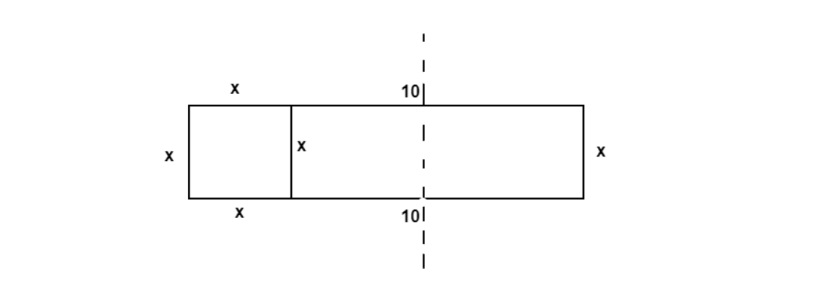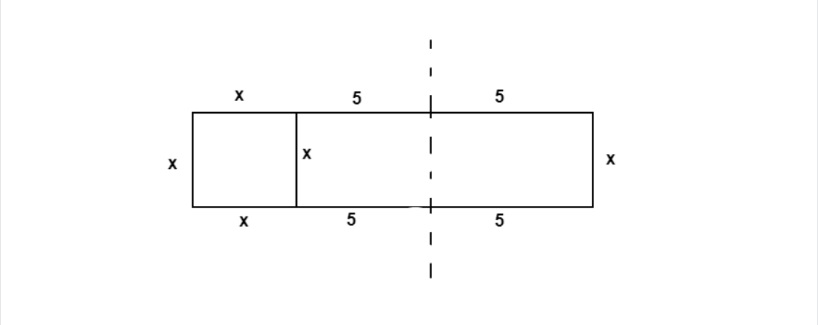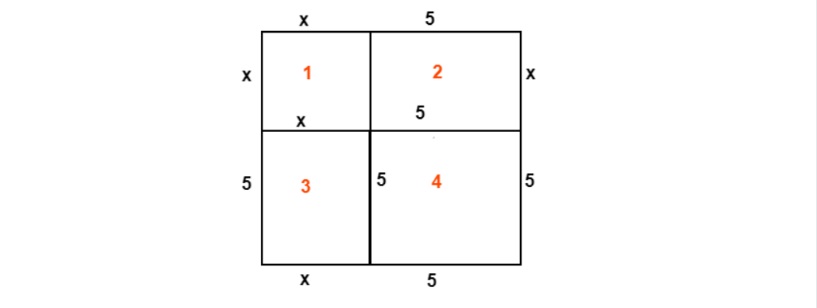In high school, we study quadratic equations, but not always understand why we even need them and why they were created.
Quadratic equations, as we know them today, were first discovered by a Persian scholar, Al-Khwarizmi. While he did not call them ‘quadratic equations’, they were based on the dimensions of a square and eventually borrowed the Latin name of the shape “quadratus”.
Al-Khwarizmi solved quadratic equations using a method we now know as completing a square.
In ancient times people who were involved in construction and land division needed some mathematical tools to solve challenging problems they were encountering.
One of the problems which Al-Khwarizmi managed to solve was related to building an accommodation consisting of two rooms.
You were given a piece of land with an area equal to 39 m² and you need to build a 2-room accommodation on it, where the 1st room is a square and one of the sides of the 2nd room is equal to the side of the 1st room, but the 2nd side of the 2nd room is 10 meters. What is the side length of the 1st room?
Let’s create a diagram.

So, the total area is equal to 39 m² and we need to find the value of x.
Let’s express the total area as the sum of the area of the square and the area of the rectangle:

At the time of Al-Khwarizmi there were no mathematical formulas to solve this kind of problem, so he decided to try to divide the 2nd room into two parts and arrange them differently as shown below:

So we have 3 figures now:

Let’s rearrange the positions of the rectangles:

When Al-Khwarizmi looked closely at the rearranged formation, he thought:
“What if I add one more shape at the right-bottom position, which will definitely be another square?”

So, the whole area of square #1, the rectangle #2 and rectangle #3 is equal to 39 m² as we evaluated in the beginning.
The area of square #4 is equal to 5 x 5=25 .

Therefore, the side length of the first room is 3 m.
So, using only geometry and logic, Al-Khwarizmi could solve one of the most challenging problems of his time.
